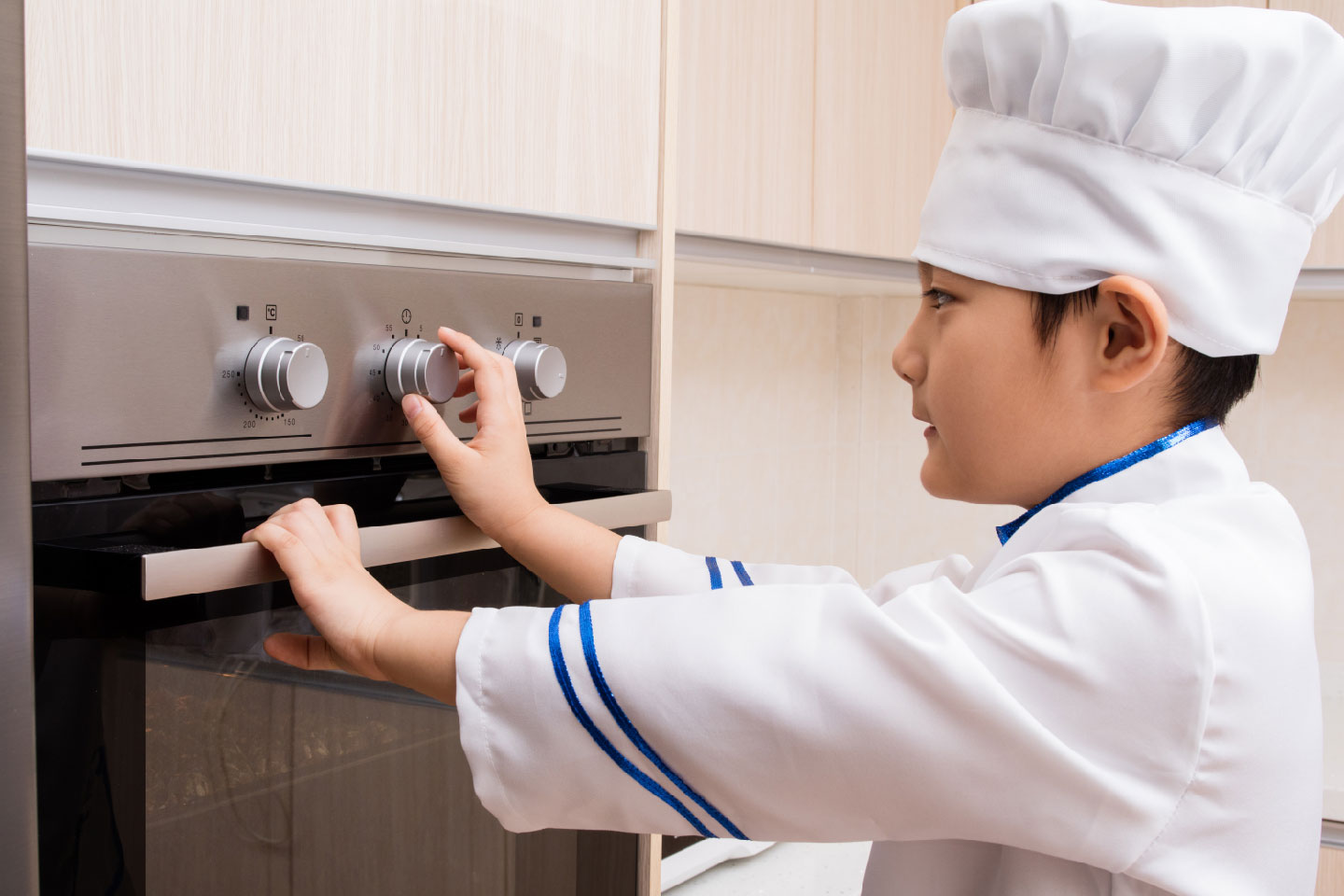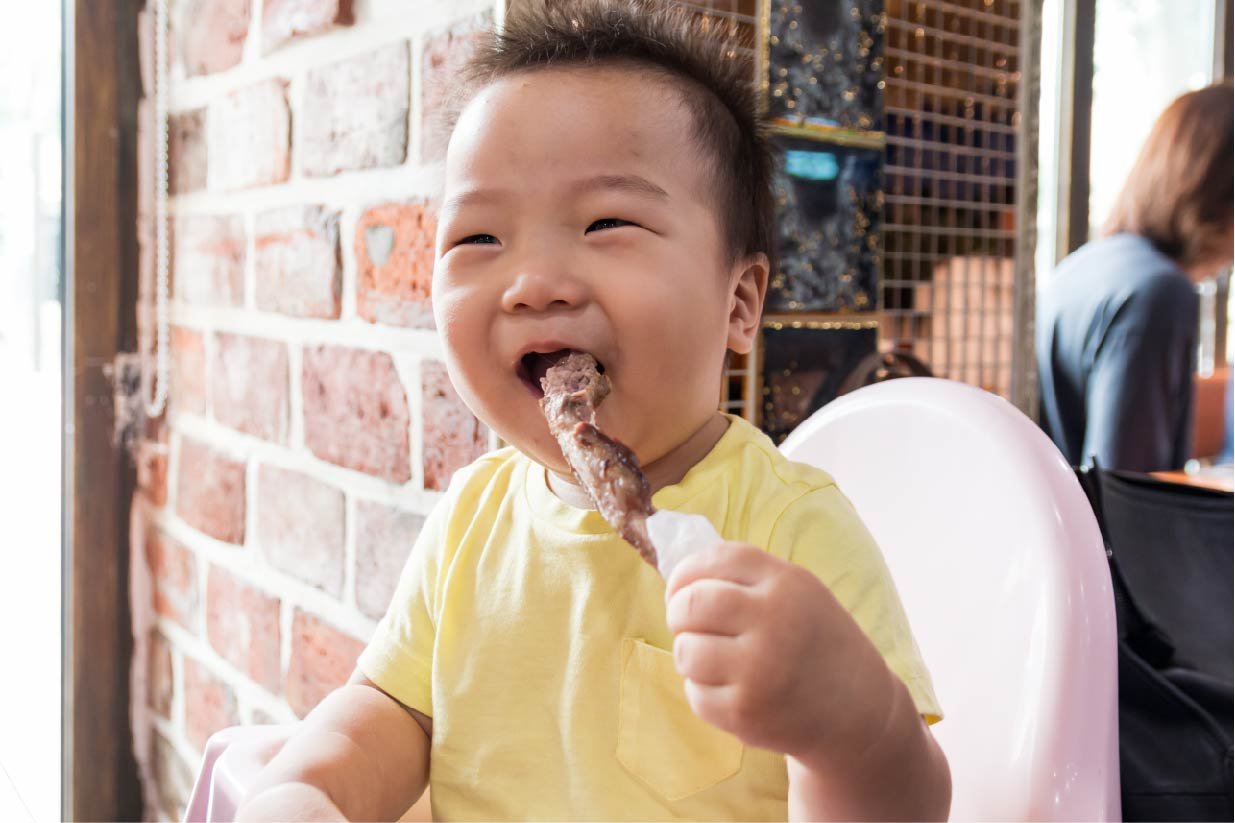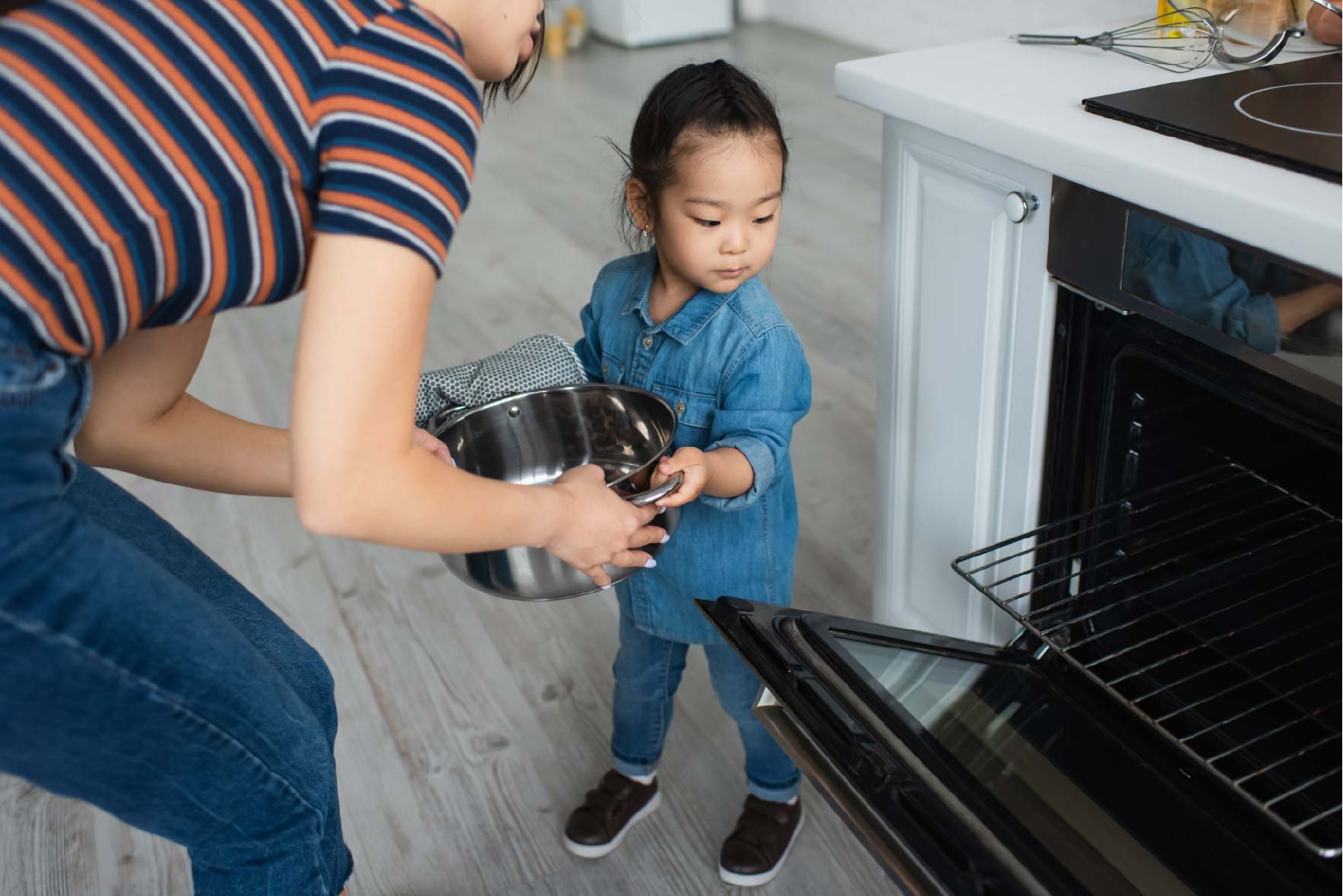Kid-Friendly Beef and Lamb Dishes Your Child Can Make
Kitchen Skills and Meal Ideas From 3 to 12
Hands up if your child knows how to order meals from delivery food apps but struggles to poach an egg or cook a burger. Our kids live in a world of increasing dependence on takeaway food, hence, finding time to learn a crucial life skill like cooking is ever more important. While we are not expecting our precious ones to transform into Junior MasterChefs overnight, the ability to whip up simple meals and navigate the kitchen will stand them in good stead.
There are many benefits to involving your children in meal preparation. Knowing what goes into the ingredients, such as lean beef, will help them take better control of their health. Fostering self-confidence and a sense of accomplishment when they are able to prepare the family meal is another. And contrary to perception, cooking with your kids doesn’t have to be time-consuming or dangerous.
Fear not, we got two cool chef dads to clue you in on fun and safe ways to teach your child - at every age - to make delicious meals out of Australian beef and lamb.

The Right Culinary Skills At Every Age
Between the ages of three and six, kids spend most of their time developing their fine motor skills. This is the best time to introduce fun supervised tasks in the kitchen that will stretch their hand coordination skills, such as rolling the minced beef and lamb into meatballs and shaping the patties to create beef burgers.
As they are working on these tasks, share more about the traits of Australian red meat with them. To pique their interest, “Show them different cuts of Australian beef for their understanding and talk about the common methods to cook them, such as searing and oven roasting,” says chef Chandra Yudasswara, Restaurateur and one of the Chef-Ambassadors of Meat & Livestock Australia based in Indonesia. To get started, check out this guide on The Best Cooking Methods for Every Beef Cut | Aussie Beef & Lamb Singapore
As young children are just developing their gums and motor skills, Samuel (Sam) Burke, Product & Business Development Manager and Corporate Chef, Meat & Livestock Australia advises parents to introduce fun foods like beef kebabs and lamb lollipops as they can hold them by their hands and chew on the meat.

Most children are better at following instructions and more ready to prepare simple meals when they are between seven and nine years old. They also tend to develop more adventurous taste buds. Sam suggests that kids can progress to learning how to build a beef burger using different types of ingredients, such as cheese, onions and homemade ketchup. With parental guidance, he adds that they can also attempt easier cooking tasks, such as sauteing the onions, browning or stir-frying the minced meat, and cooking steak.
“This is also a good age group to teach your children what are acceptable food portions, for example, understanding the ratio of protein versus vegetables,” Sam says, adding that parents can follow Tips for planning balanced meals as a guide on how to incorporate Australian red meat into their diets.
Once your kiddos transition into tweenhood, they would be able to take on more responsibilities in the kitchen. They may want to help to plan the family meal, shop for the ingredients and assist you with the mise en place. Congrats! That’s a positive sign that they are ready to be your handy sous chef to take over some of your kitchen duties.
“Between the age of 10 and 12, is when you should teach your child methods of cookery, not just recipes. Teach them techniques like sauteing, stir-frying, braising , slow-roasting, flash-frying, which are fundamental methods of cooking Australian red meat,” says Sam.
To spark their interest, Chandra advises to start off with simple recipes and beef cuts that are easier to handle, such as Australian tenderloin and flank, which can be readily pan-seared and served on toast, or Australian beef ribs and shank for braised stews or soups.

Watch Out! Safety First
For parents who have never ventured into the kitchen with their child, safety would definitely be a big concern. Don’t let this be a stumbling block to their learning journey. Just bear in mind a few essential rules and be prepared to always be within sight of your junior chef to assist or look out for danger spots.
For young kids, it’s best for them to use plastic knives so they don’t risk cutting themselves. Practising good hygiene is crucial at any age. (Remember the 20-second handwashing rule.)
Parents should be aware of the potential hazards in the kitchen - wet floors and messy kitchen counters are a big no-no. Samuel also advises children to aprons for protection, and to always turn pot handles backwards to risk them toppling over, especially when there are toddlers in the house. When cooking steaks and lamb chops, pat the raw meat with kitchen towels to prevent oil from splattering on the stove and landing on your child’s face.
Make Cooking Fun, Not a Chore
With these age-appropriate and safety tips in place, your child will be well on his or her way to pick up some lifelong skills from the kitchen. As parents, both Chandra and Sam see the benefits of getting their kids in the kitchen at a young age. Sam believes cooking helps to expose his three daughters to different cultures, develop diverse palates and an appreciation for a variety of cuisines and culinary traditions.
Chandra believes it’s also easier for anyone to develop an interest in cooking at an early age. “As an influencer in Indonesia, I share many cooking tutorials online and my sons are excited to join me. My youngest son has appeared on cooking programmes with me since he was five years old. At home, they would also observe me when I cook for our family meals. They have learned many recipes as a result,” he shares.
So, the next time your child wants to order a beef burger for dinner, why not get them to work with you in the kitchen to prepare a fresh juicy one instead? Have fun and enjoy the cooking!

